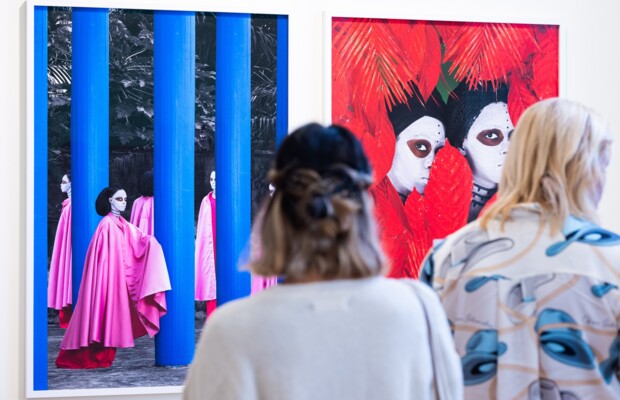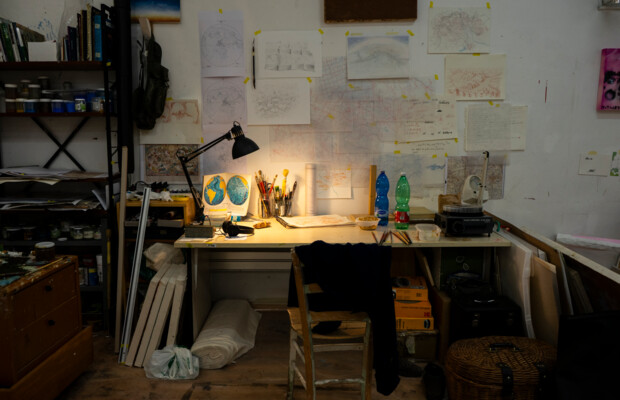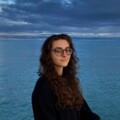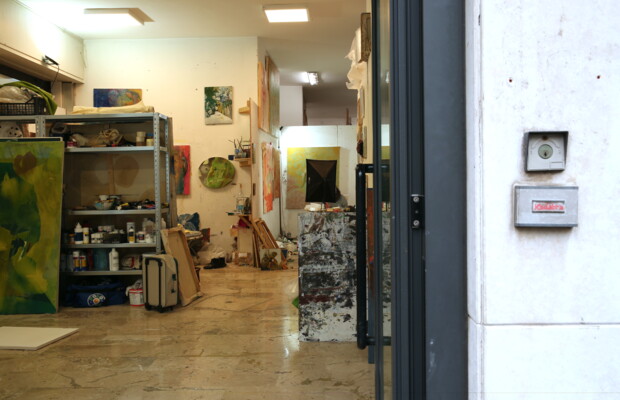Conversation with Jenny Gibbs, the executive director of IFPDA
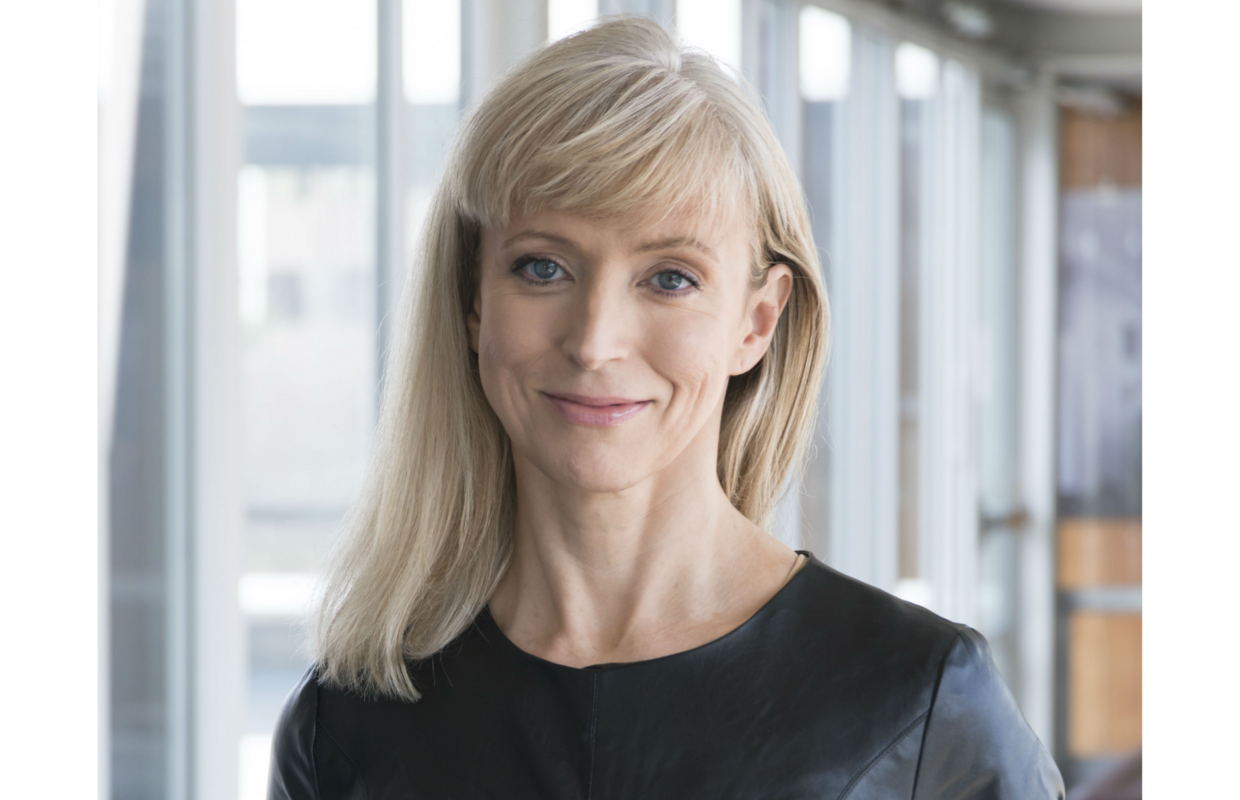
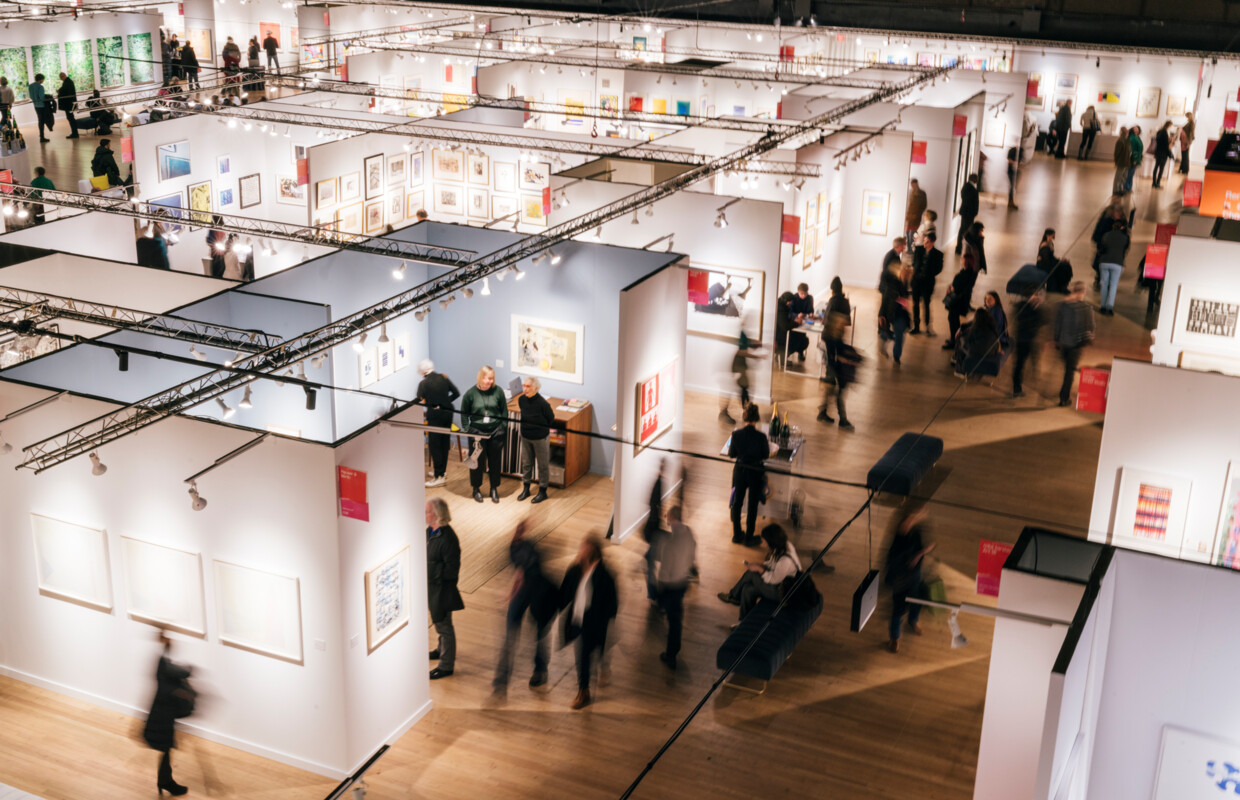
The International Fine Print Dealers Association (IFPDA) promotes fine printmaking, fosters knowledge and stimulates discussion about collecting prints and has been filling this role since 1987. The IFPDA Print Fair, held annually in New York City, is the largest and most celebrated art fair dedicated to the artistic medium of printmaking and the last edition of this event concluded in February 2024, with the next edition coming in March 2025.
Madara: You were appointed as executive director of IFPDA in 2019. Please share your history with the organization and your background prior to IFPDA.
Jenny: Before joining IFPDA, I was the Director of the Art Business Program at Sotheby's Institute of Art. My background spans various roles within the intersection of art and education. Prior to Sotheby's, I served as the executive director of a small museum in Chicago, contributing to my museum directorship experience. Before that, I was a dean of graduate programs at Massachusetts College of Art and Design and had also spent years at Christie's, initially as an old master paintings expert, then as a fine art generalist focusing on business development as well as trusts and estates.
Another significant part of my career was as the executive director of the Lacoste School of the Arts in France, which was my first experience working closely with printmakers. It was a unique studio art program and we certainly met some challenges when trying to build these studios in this medieval hilltop fortress. We had a print shop there, and I worked with artists who, interestingly, have connections with some of our IFPDA member galleries now.
Joining IFPDA felt like a natural step, allowing me to apply my diverse experiences effectively. While IFPDA is widely recognized for its fair, it is also an international membership association of galleries, publishers, and print shops worldwide. Additionally, we have the IFPDA Foundation, which benefits from the fair's proceeds. This foundation supports various initiatives, including grants, paid curatorial internships at museums, exhibition grants, and educational programs. We've also established a partnership with The Atlanta University Consortium to offer paid internships for students from historically black colleges and universities, now in its fourth year.
There's a broad spectrum of activities under IFPDA's umbrella, from education to organizing the fair, which is like setting up a museum for four days, encompassing museum operations and exhibition planning. It's an exciting and fulfilling role.
We are talking after the 2024 edition of the IFPDA Print Fair, which was held in February, has come to a close. How are you feeling? Anything you'd like to highlight from this edition?
Oh, it was fantastic! This year marked our return to the Park Avenue Armory for the first time since 2016, a venue we've greatly missed, so that's certainly a highlight. Another point I'd like to emphasize is the diverse audience we've attracted this time around.
While previous editions were hosted at the Javits Center, the temporary shift in location allowed us to engage with new segments of the art community.
We've seen an influx of emerging collectors and a significant number of artists, who have a special appreciation for prints and printmaking. It was heartening to see that this new audience has followed us back to the Park Avenue Armory. So, yes, I'd like to highlight the unique and varied crowd that this edition brought together. It was incredibly rewarding to witness such diversity.
And I also have to mention the William Kentridge project, another definite highlight of the fair for me. I initially had a vision for its presentation, however, the true impact only became apparent once it was physically installed. We placed the William Kentridge piece titled "The Old Gods Have Retired," on the left. This twelve-etching mural, spanning about 10ft in width, is notably large and features the dark, inky style characteristic of Kentridge's work. It was situated at the end of an aisle, directly opposite David Tunick's Booth, who is arguably one of the most significant dealers of old master prints today. He brought an incredible piece by Titian, "The Submersion of Pharaoh's Army in the Red Sea," which is also a large mural composed of, I believe, ten woodblock prints. The Kentridge piece was similarly a woodblock print.
From this setup, you could stand in front of the Kentridge mural and look straight down the aisle to see the Titian piece at the other end. And that, for me… that was everything. That was perfection.
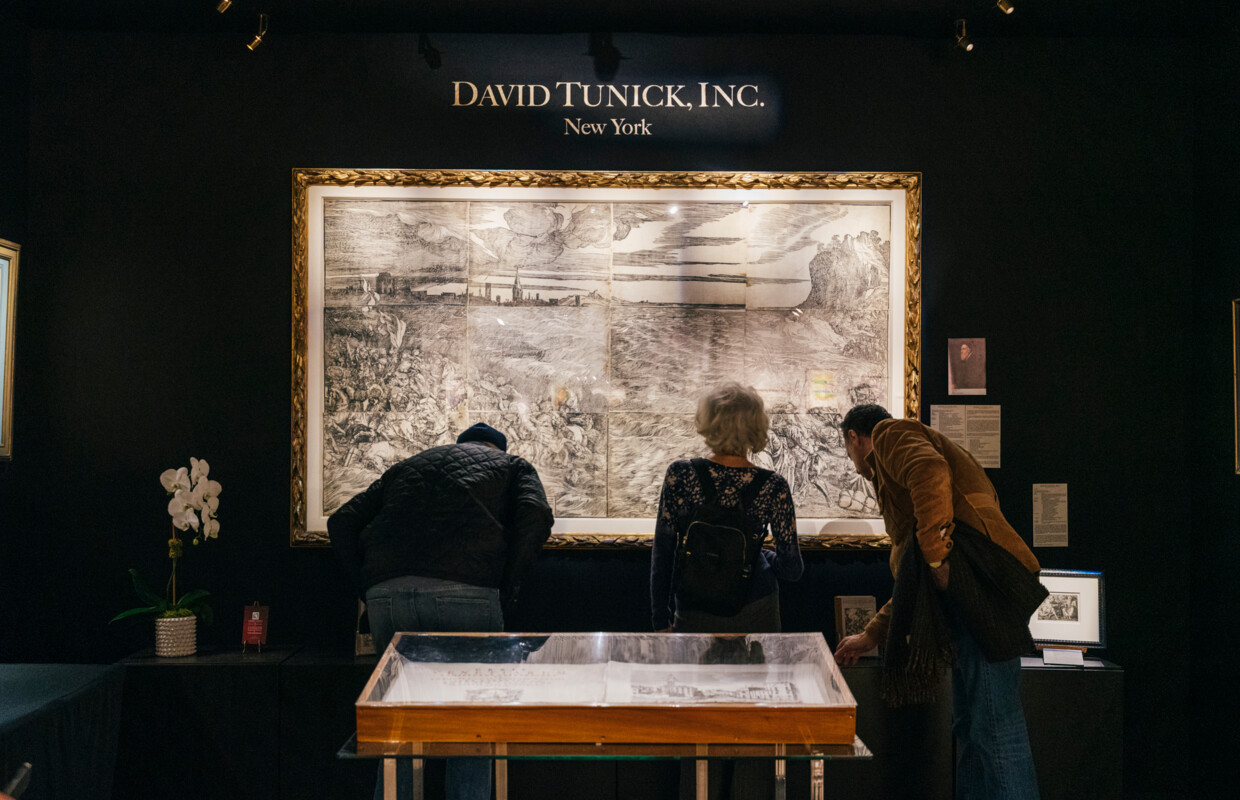
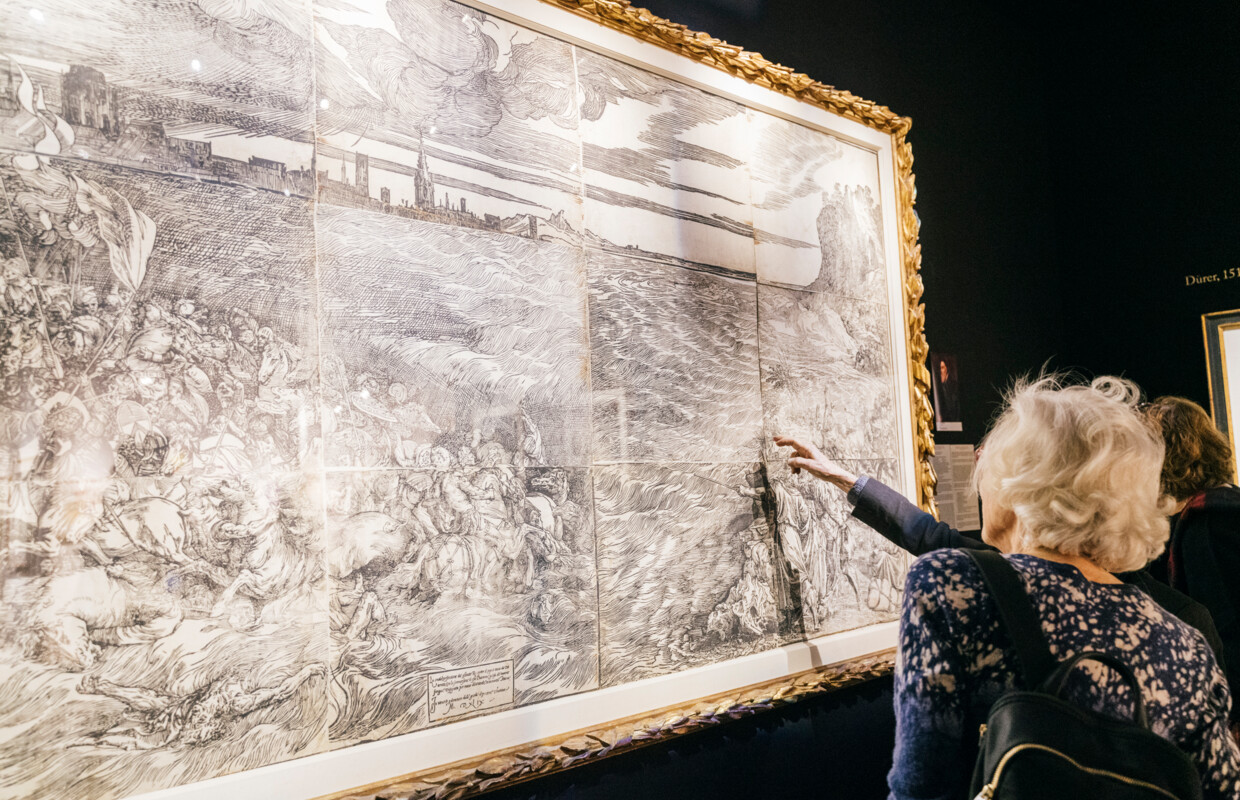
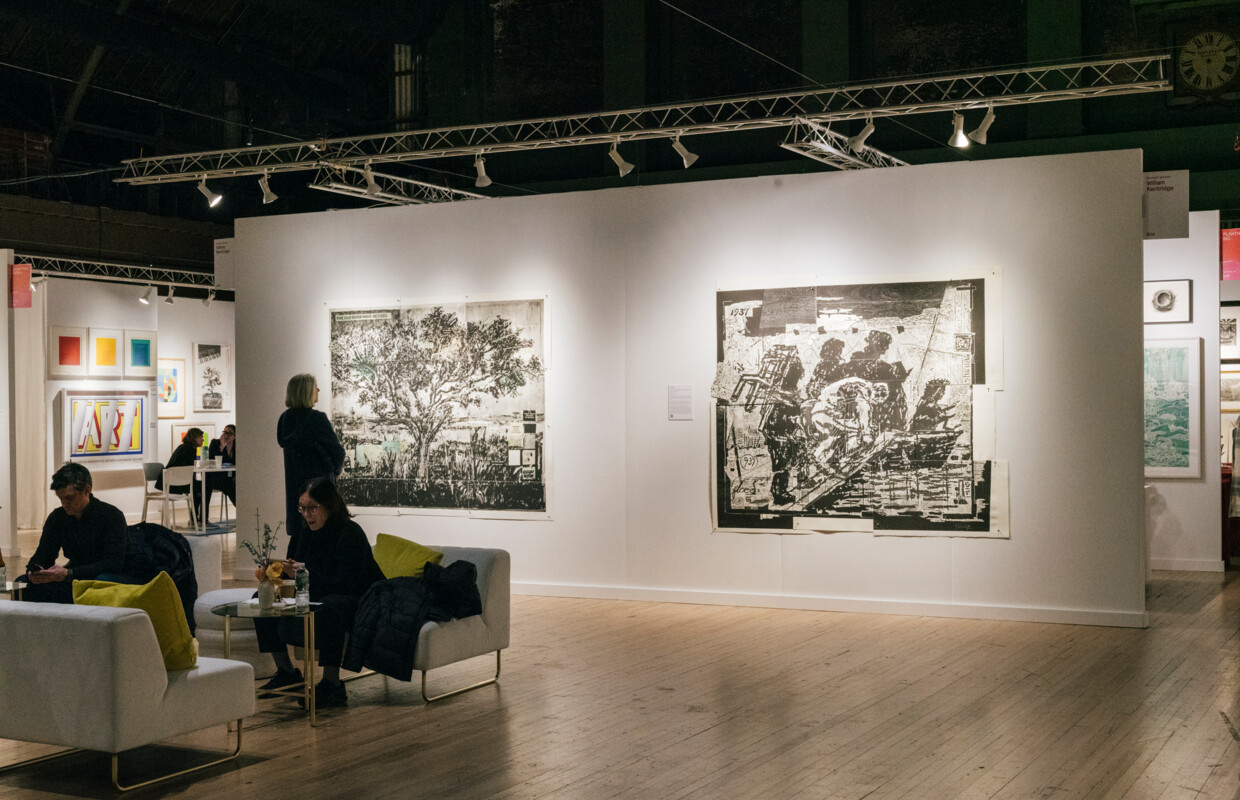
Hearing you speak and also reading the initial reports in the media, it seems this edition of the fair was highly successful. Could you describe how you assess the success of a fair once it concludes? What factors do you consider?
Certainly, attendance and sales are critical, but we also focus on engagement with our programming and VIP programs. We've started to gather visitor surveys, and the early feedback, especially regarding the VIP program, has been overwhelmingly positive. The VIP programme is an extension of our public programme, including studio visits and offsite events.
This year, for example, we organized a field trip to Yale University Art Gallery for their Munch and Kirchner exhibition, which was highly popular. We also conducted studio visits at Powerhouse Arts in Gowanus, Brooklyn and Harlan and Weaver on the Lower East Side. At the Met, we arranged special viewings, like Howard Hodgkin's collection of Indian paintings, which influenced his printmaking, and a preview of an upcoming exhibition on American literary art posters.
These elements—history, education, context, and connoisseurship— have become key reasons for people to return and engage with the fair.
We've emphasized public programming, for example, this year we had panels with curators on topics like German Expressionism and also talks by artists such as Leonardo Drew who was in conversation with collector Jordan Schnitzer, and I could go on and on.
Visitor surveys specifically look at satisfaction with this programming, which has consistently been strong. This aspect has become something of a hallmark of our event, a feature that sets us apart.
This has been one of my focuses since I joined the team in 2019. It felt like the natural approach. I used my educational background and treated the programming like assembling a semester's curriculum. Our discussions at the fair extend beyond the market, focusing instead on art history, artists, and printmaking. This approach isn't solely about the market; it's about offering a broader perspective on art, which, from the feedback, is appreciated and can be viewed as a measure of our success.
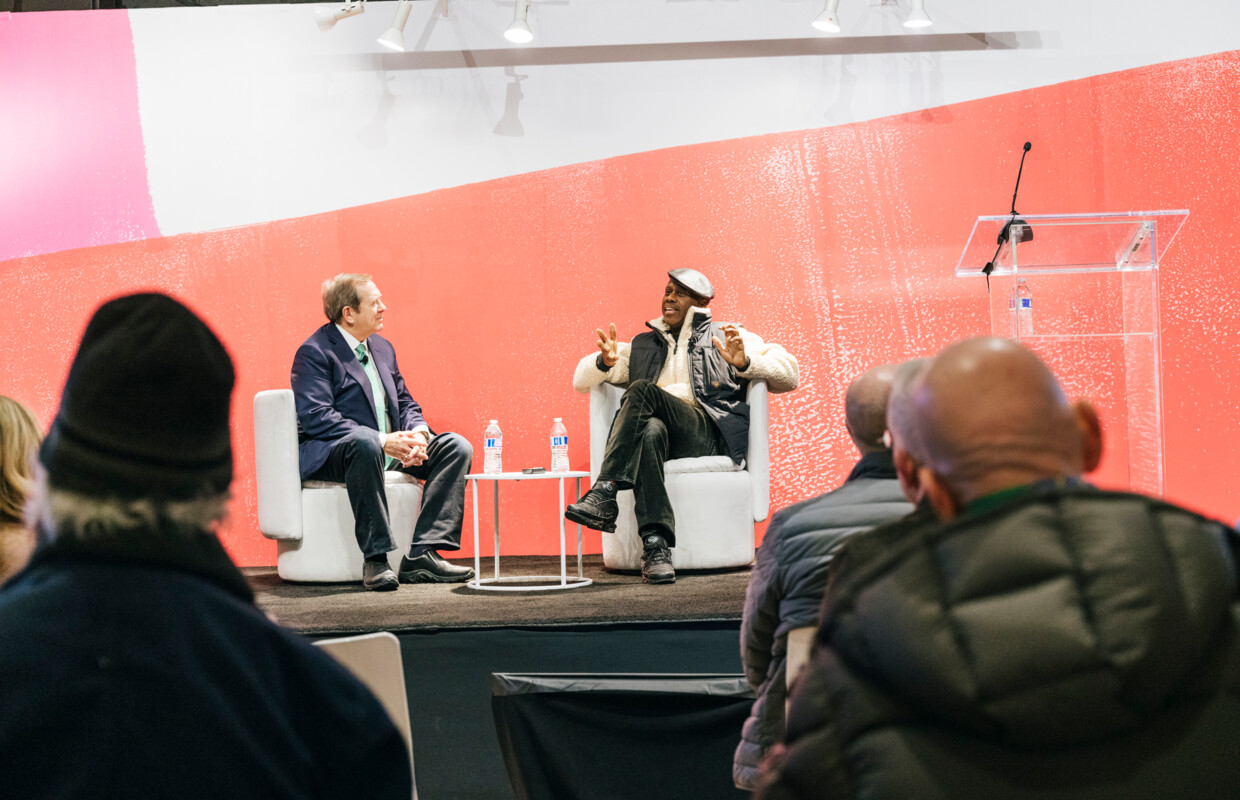
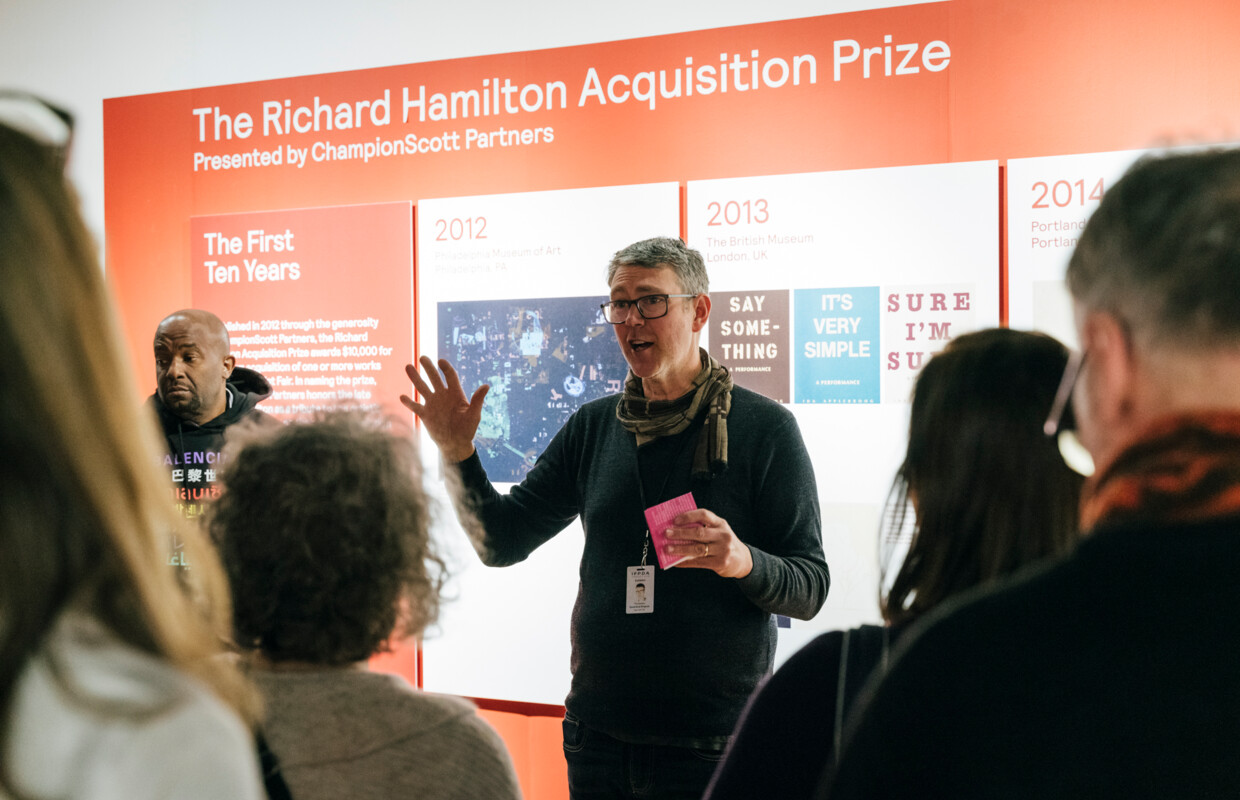
Are there some new initiatives that you have launched since you joined the team of IFPDA?
Yes, I’m happy to say that we have expanded on our special projects. In the most recent fair, we launched a new "Spotlight" section that hosted six solo projects, a significant increase from the usual one. Each project was allocated a 24-foot wall, providing ample space for artists who prefer to work beyond the conventional frame, particularly many contemporary artists.
This initiative isn't just about offering physical space; it's also about shining a literal and figurative spotlight on these works. One challenge in appreciating prints is the barrier created by glass. Many contemporary artists prefer their work not to be behind glass. For instance, at this recent fair, we showcased two incredible works by the already mentioned William Kentridge in a manner he envisioned, presented as epically scaled murals. Each consisted of twelve etchings, reminiscent of old master practices like Durer's triumphal arch. Kentridge was thrilled to have his works pinned directly to the wall, allowing for subtle movement and enabling visitors to appreciate the tactile qualities of the prints. This approach, which we've been implementing since 2019, aims to present these projects innovatively, enhancing engagement with the art.
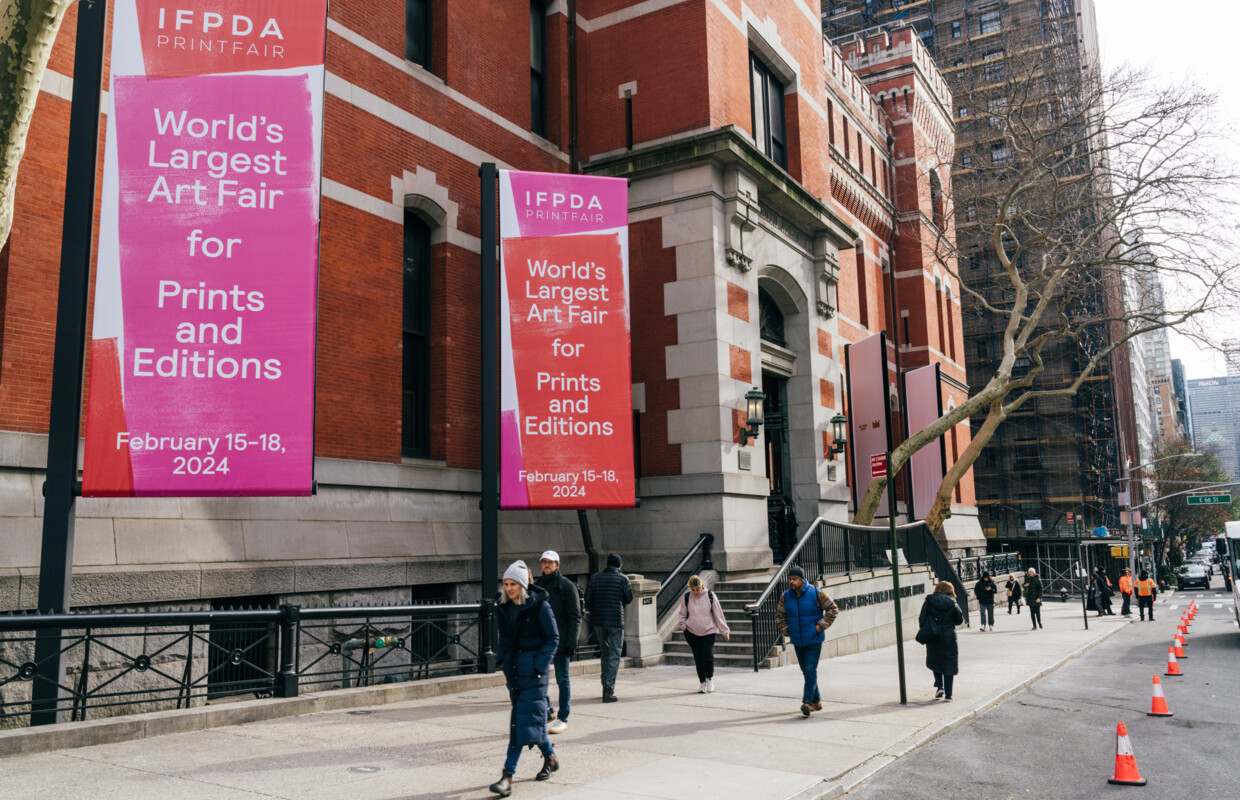
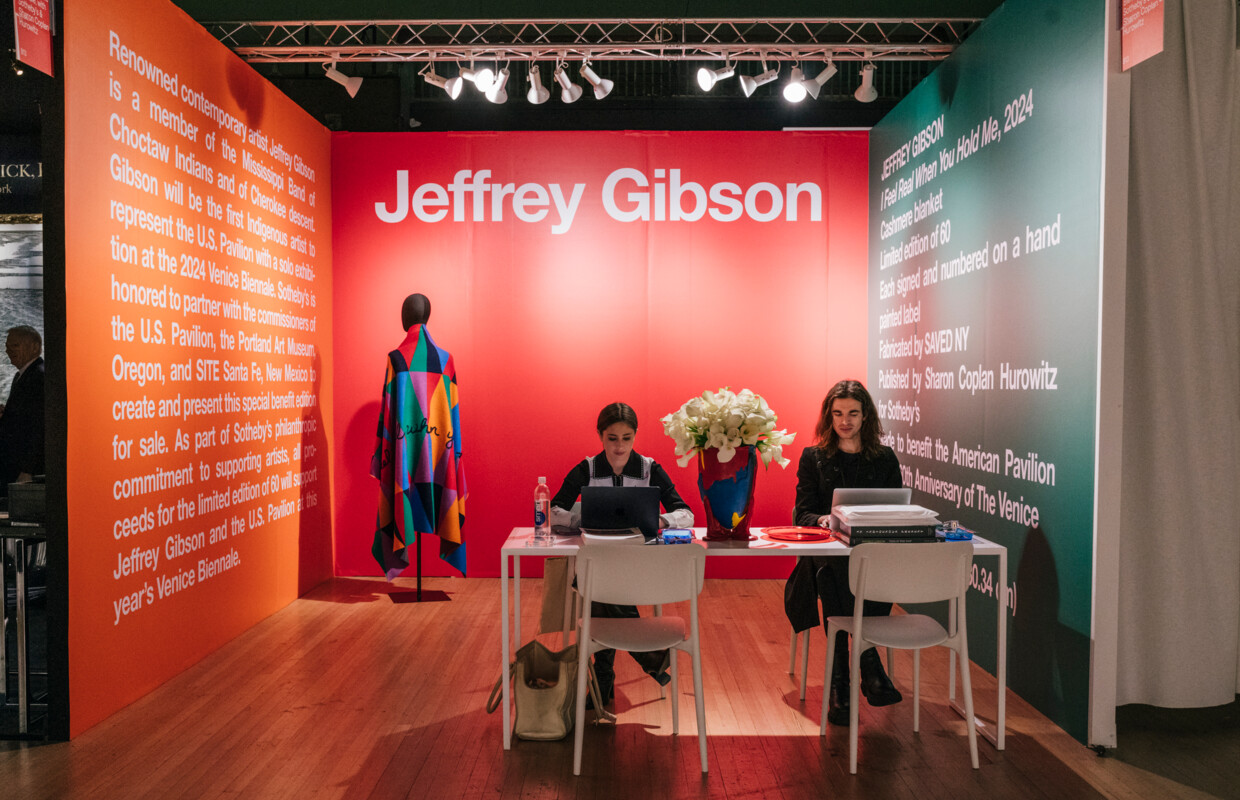
Keeping your background in education in mind, I wonder if you have introduced practices to engage with new audiences who are not yet familiar with printmaking.
We have strong connections with numerous colleges and universities in the area and even further afield, especially with BFA and MFA programs where printmaking is a key focus. We invite these groups to the fair at no charge, a complimentary gesture on our part, recognizing that these students represent the future of the medium.
Engaging with younger printmakers and artists overall is relatively straightforward since artists generally have a great affinity for prints. They enjoy making, collecting, and even trading prints. There are fascinating stories about artists like William Kentridge and Jeff Koons collecting prints of old masters and how artists often exchange works, frequently prints.
The real challenge lies in engaging emerging collectors, there seems to be a significant gap in education when it comes to printmaking and prints. While printmaking is taught in BFA and MFA programs, there's little to no emphasis on print connoisseurship or the history of prints in general art history classes.
Consequently, graduates often lack understanding. What is this? Does it matter? Why does it matter? There's a lack of appreciation for the medium's history and significance. And I'm speaking from my personal experience, as I trained as an art historian. Despite studying art history extensively from contemporary back to the Renaissance, prints were scarcely mentioned. This oversight is one of the reasons we emphasize educational programming at our fair, aiming to address these gaps and enhance awareness. Establishing connections with younger collectors is an ongoing effort that we are continuously working to improve.
Historically, printmaking has been a key player in democratizing art by making it more accessible. Also today, prints are often seen as an affordable gateway to art collecting. Would you agree to these statements and are these values IFPDA is protecting and holding as important?
I’d say it’s not quite as straightforward. Part of our challenge at IFPDA is to strike a balance between acknowledging printmaking's role in the democratization of art and recognizing that the high end of the market can reach into the millions. Indeed, a significant portion of our fair's sales, typically around 15% to 20%, involve works priced in the seven-figure range.
This balance involves catering to both ends of the spectrum: those who are drawn to printmaking for its accessibility and those who are involved in the high-value market.
We're committed to the principle of democratizing art through printmaking, yet we also understand that societal and cultural values often correlate with monetary worth.
This is evident in museums where, for example, master prints and contemporary paintings are prominently displayed, while drawings might be relegated to less prestigious spaces, often reflecting their market value more than their artistic value.
So, while we continuously work to uphold the economic significance of top-tier works, we equally emphasize the communal and accessible aspects of printmaking, striving to honor both the art form's inclusive heritage and its potential for significant market value.
Quite a difficult task to undertake for the most prestigious print-oriented art fair in the world. Perhaps providing this range is a role that IFPDA doesn’t have to fill and should leave to emerging fairs and those positioned as entry points into the market?
You know, it's actually one of the things people love about our fair. I've been attending the IFPDA long before I started working here, primarily because I was drawn to this diversity. At our fair, you can find items priced as low as $200, but there are also pieces that go up to $2 million. I believe this kind of pricing spectrum is quite unique, not commonly seen at other major international art fairs. And people love that. They love exploring and being surprised.
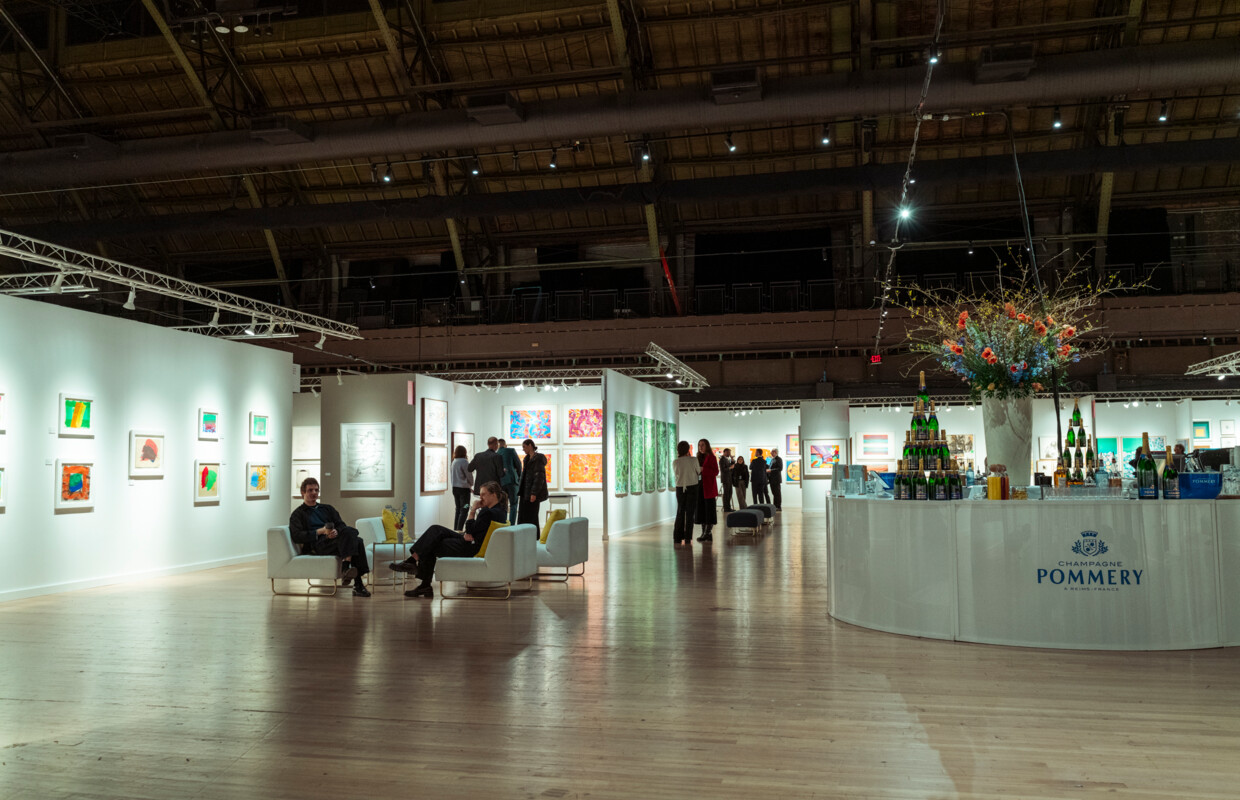
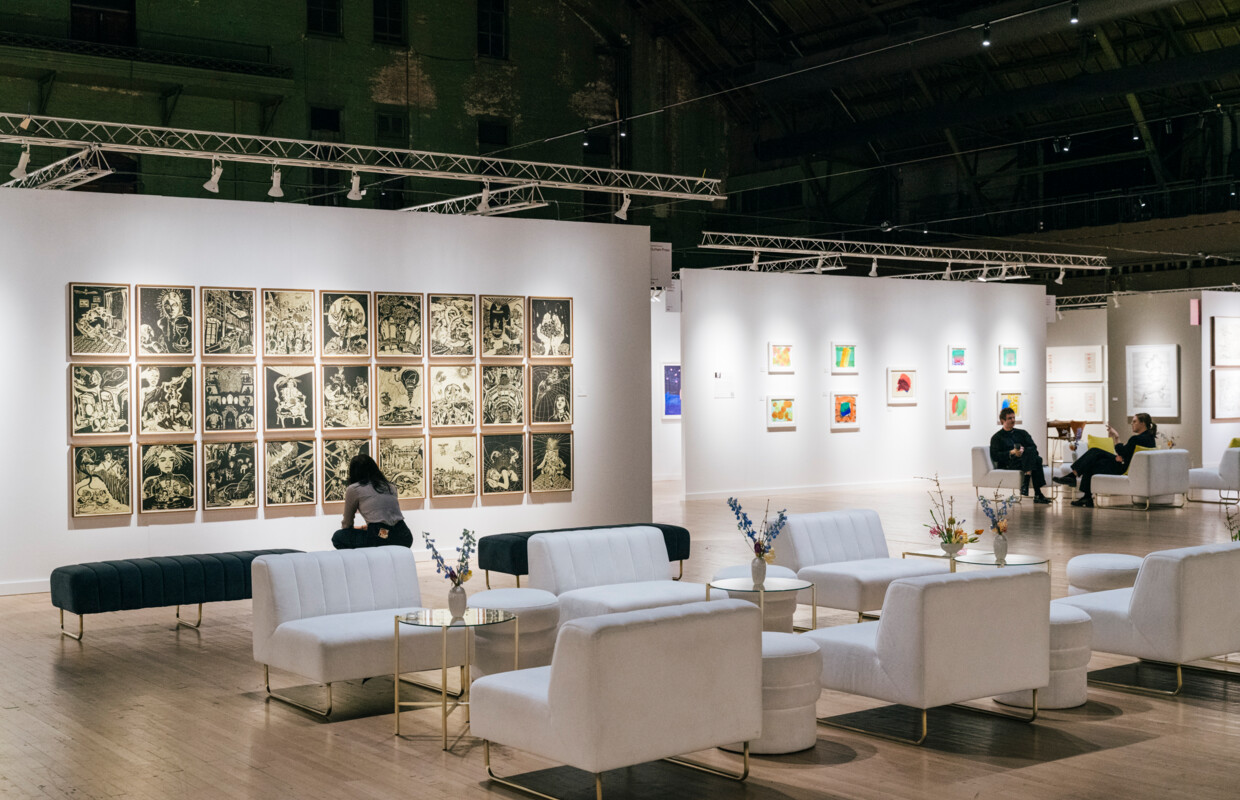
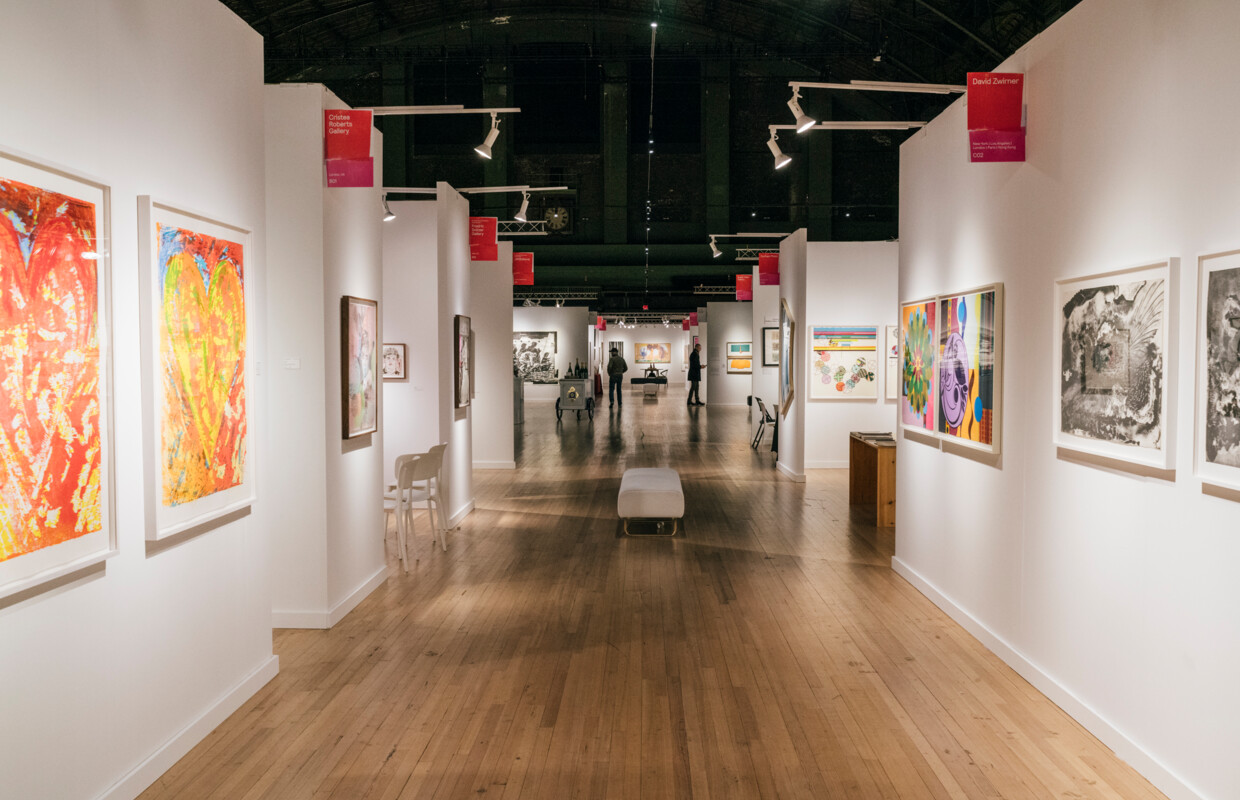
Talking about audiences: how important do you believe it is for someone to be knowledgeable about the print-making techniques to appreciate an artwork? Do you consider your audience as generally well-versed in the technical aspects of printmaking?
Many of our attendees are knowledgeable, though not everyone has a comprehensive understanding. Some may be well-versed as collectors but might not know how a piece was created, while others might be printmakers familiar with the techniques but not the history. We encounter both types at our fair, prompting us to design programming that caters to this wide spectrum.
Since 2022, we've included live demonstrations at the fair to bridge this gap. We partner with nonprofits to conduct community workshops on-site. In the past, we've collaborated with the Robert Blackburn Printmaking Studio, and this year, we worked with Dominican York Proyecto Gráfica, a group of Dominican printmakers. They conducted workshops on various techniques throughout the fair, which not only educates young attendees but also enlightens seasoned collectors of old masters about the creation processes. They were fantastic!
I feel like printmakers have always been at the forefront when it comes to pushing new technologies and techniques. Now, when the rest of the art world is facing changes due to AI: what is the general mood towards these technical advancements from printmakers and their dealers?
You know, at our October fair, we actually had a booth with AI art. We had invited Pace Gallery as an invitational exhibitor, and they presented Maya Lin's first generative art project, where an algorithm generated a pattern that then became a physical print. This marked our first foray into showcasing generative art at the fair.
And then this February, we organized a tour at the Whitney for our VIP program, followed by a fascinating talk at the fair with Kim Conaty and Christiane Paul, the director of digital art at the Whitney. They discussed Harold Cohen's exhibition, showcasing his software-generated art by Aaron, a program Cohen developed in the 1960s. At the exhibition, they had demonstrations with the plotter printer creating the works. After, there was an interesting discussion on the classification of these works: Are they prints? Are they drawings? Is it printmaking? Is it generative art? And then Christiane Paul pointed out to something that, upon reflection, seems so obvious. She said:
Generative art has been a part of the art world for centuries, it’s not anything new. For instance, the elaborate geometric designs of Islamic tiles are a form of generative art, created from a specific set of instructions.
Similarly, Sol LeWitt's wall drawings, which anyone can produce by following his directives, are a modern example of this concept. This approach, enabling the creation of a LeWitt piece by others, actually draws from practices established centuries ago with those ancient tiles. This revelation was quite astonishing to me. It highlighted that our efforts to be forward-thinking and boundary-pushing are always in continuation of a long-standing artistic tradition.
I would say the only thing I'm still trying to fully understand, and am uncertain about the future of, is artwork that lacks a physical presence—visual art that doesn't exist physically. This is a challenging concept for me. Post-COVID, there's been a noticeable increase in people's desire for in-person experiences and to see art physically, which, somewhat counterintuitively, might have taken the wind out of NFT sales. We're just tired of looking at our screens.
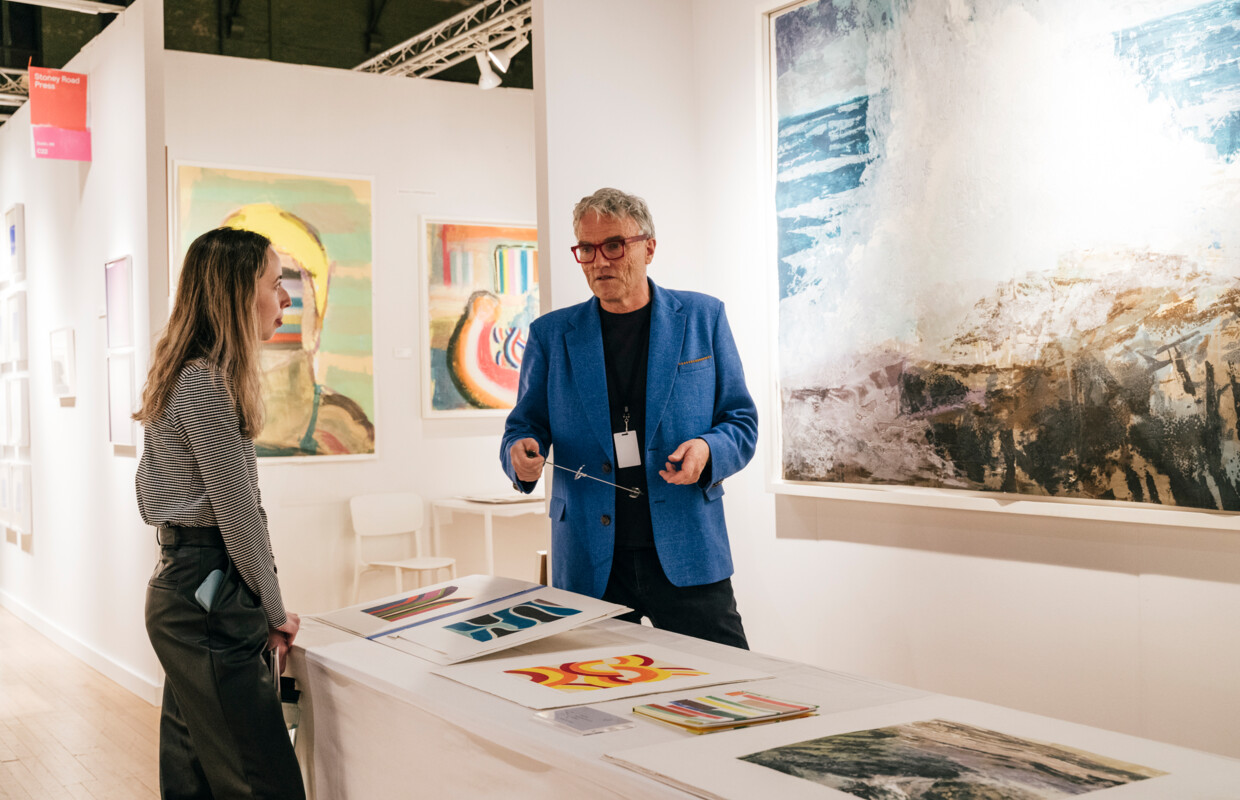
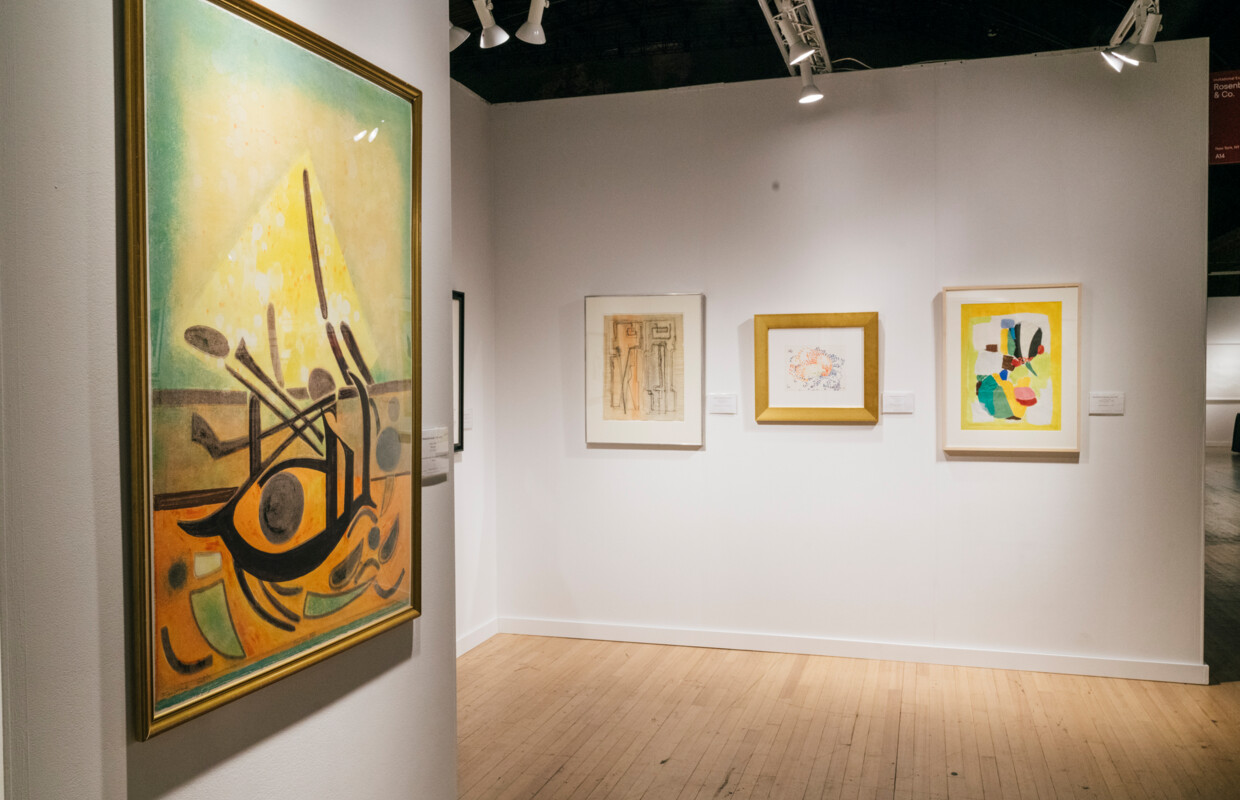
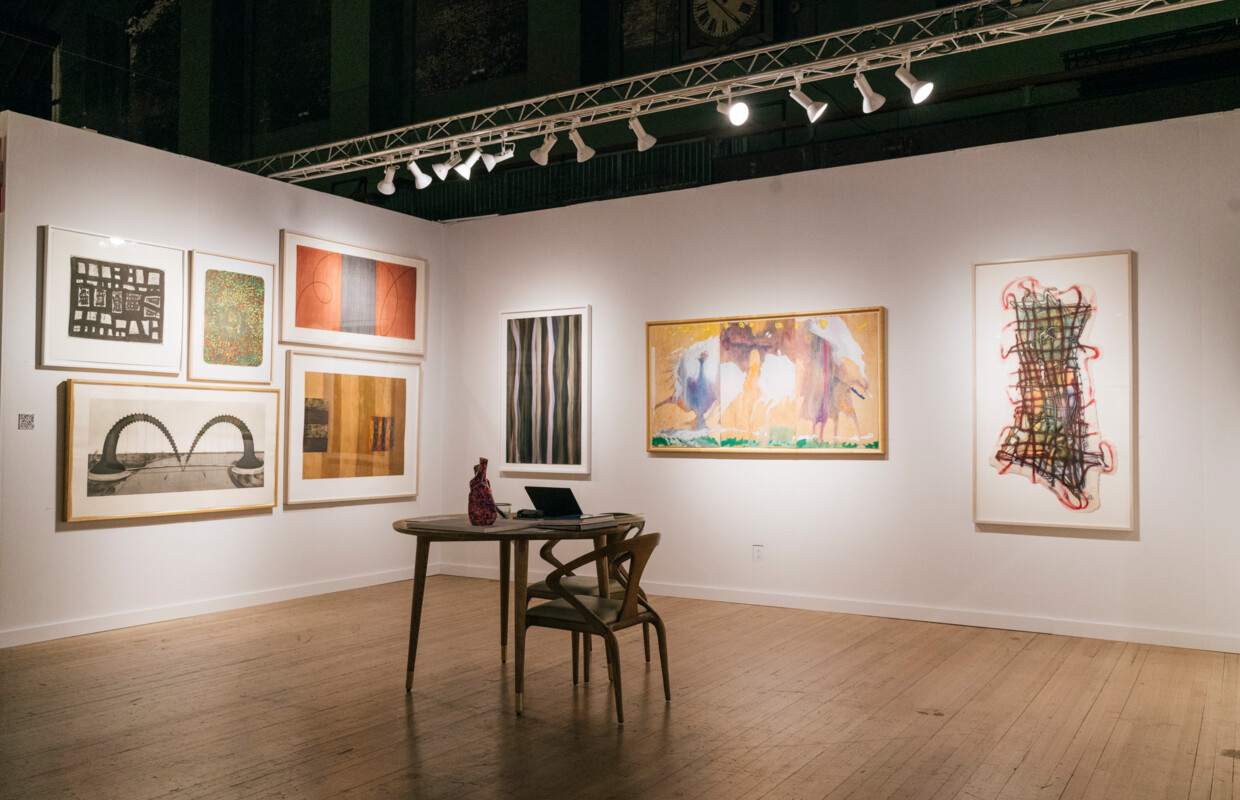
What would you say are the challenges printmaking as a medium is facing nowadays?
There is always the question of what defines an original print. The IFPDA used to spend a lot of time defining what is and isn't an original print, but with the technological advancements of the 20th and 21st centuries, there's been a need to rethink these definitions.
The idea that an original print must have a matrix has been challenged. For instance, would we tell David Hockney that his iPad prints aren't prints? Of course not!
So, the Print Council and the IFPDA had to rethink and now have a new, more organic definition, which essentially says an original print is what the artist says it is. This has been more of a learning process for us than a challenge, adapting as artists and printmakers continue to experiment, which we hope continues indefinitely.
I would say the biggest challenge stemming from this new definition of an original print concerns works on the market created without the artist's involvement. This issue is troubling for artists, printmakers, and collectors alike, and it can significantly damage the market. Specifically, some artists' estates producing posthumous work raise concerns. Unlike in Dürer's time, where posthumous prints were made from his original blocks and always cataloged as such, we now see estates creating works entirely without the artist's participation, turning paintings into prints, for example, which the artist never intended.
This practice is particularly disheartening when involving esteemed artists' estates that create works completely detached from the original practice, which can be seen as a disservice to the artist's legacy. The challenge intensifies with digital advancements, as the absence of a physical matrix—though not disqualifying digital prints as originals—makes it easier for these unaffiliated works to emerge. This necessitates more in-depth explanations and education for collectors to discern which works genuinely originate from the artist.
As you have already started working on the next fair that will be held in March 2025, could you give us a hint on what can we expect to see?
I'm excited about the upcoming fair, though it's a bit early to share specific details about the programming or projects. We're in the brainstorming phase, collaborating with our cultural partners, museums, artists, and curators. But I must say that we're really looking forward to coming back to the Park Avenue Armory. We’ll be able to keep a similar floor plan and fair design as this year, at the same time welcoming more of our members, which will allow us to show the full range of our membership.
Share the post:


